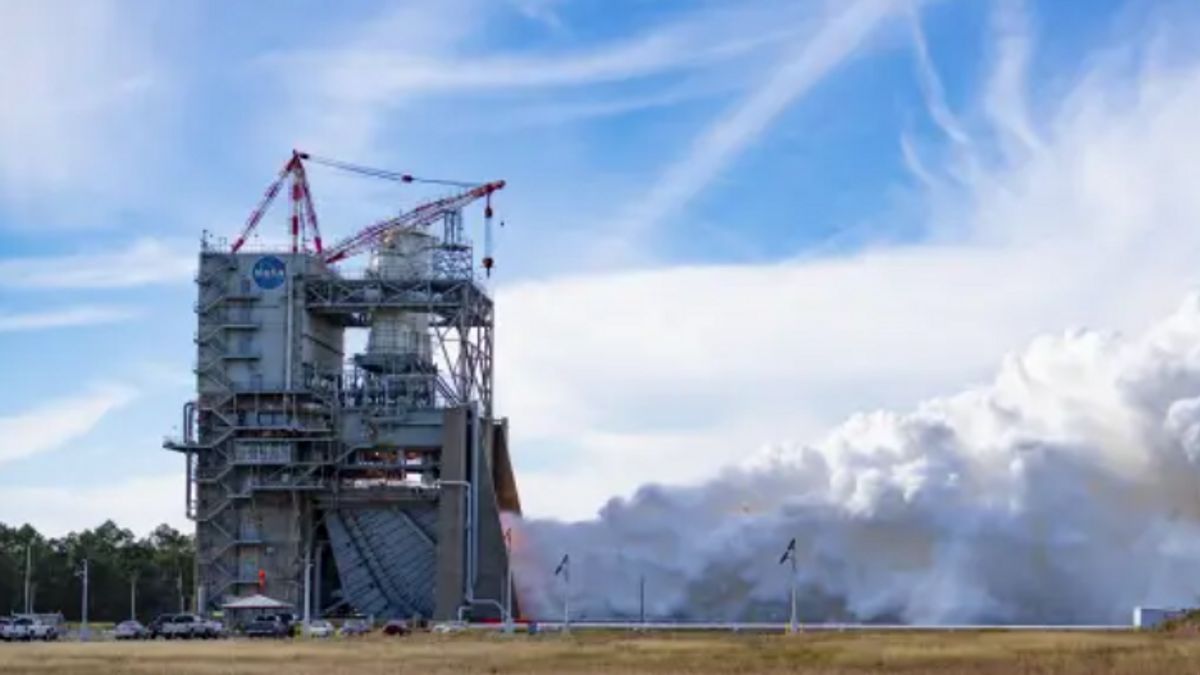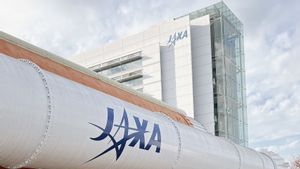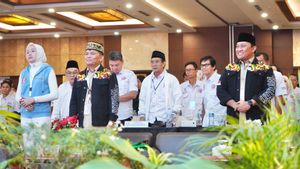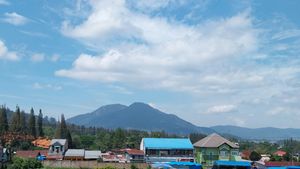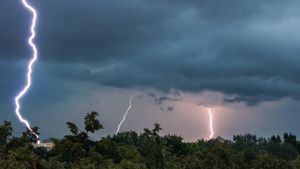JAKARTA The United States Aeronautics and Space Agency (NASA) set fire to the RS-25 engine, part of the Space Launch System (SLS), the third time on Wednesday, November 29.
During testing at the Fred Haise Test Stand, the Stennis Space Center, the RS-25 was rotated for almost 11 minutes to see the engine burning using a gaming technique so that the SLS could remain stable on its way to orbit.
In addition to turning its engine, NASA also encourages RS-25 to work beyond the parameters specified during the flight. The hope is that the RS-25 engine can reach operational safety limits for SLS.
In its release, NASA explained that engine combustion was carried out up to a power level of 113 percent, two percent higher than what RS-25 needed to bring SLS to a Low Earth Orbit (LEO).
SEE ALSO:
The four RS-25 machines were also turned on simultaneously to produce a combination of 1.6 million pounds during launch and 2 million pounds during the ascent so that SLS could be launched without any problems.
For information, this test was carried out by a joint team consisting of NASA, Aerojet Rocketdyne, and Syncom Space Services. The burning of the RS-25 engine is part of the process of achieving 12 test certification.
If the RS-25 is suitable for use, it will assist SLS in launching a manned Orion spacecraft for the Artemis mission, which is a human landing program on the moon.
The English, Chinese, Japanese, Arabic, and French versions are automatically generated by the AI. So there may still be inaccuracies in translating, please always see Indonesian as our main language. (system supported by DigitalSiber.id)
